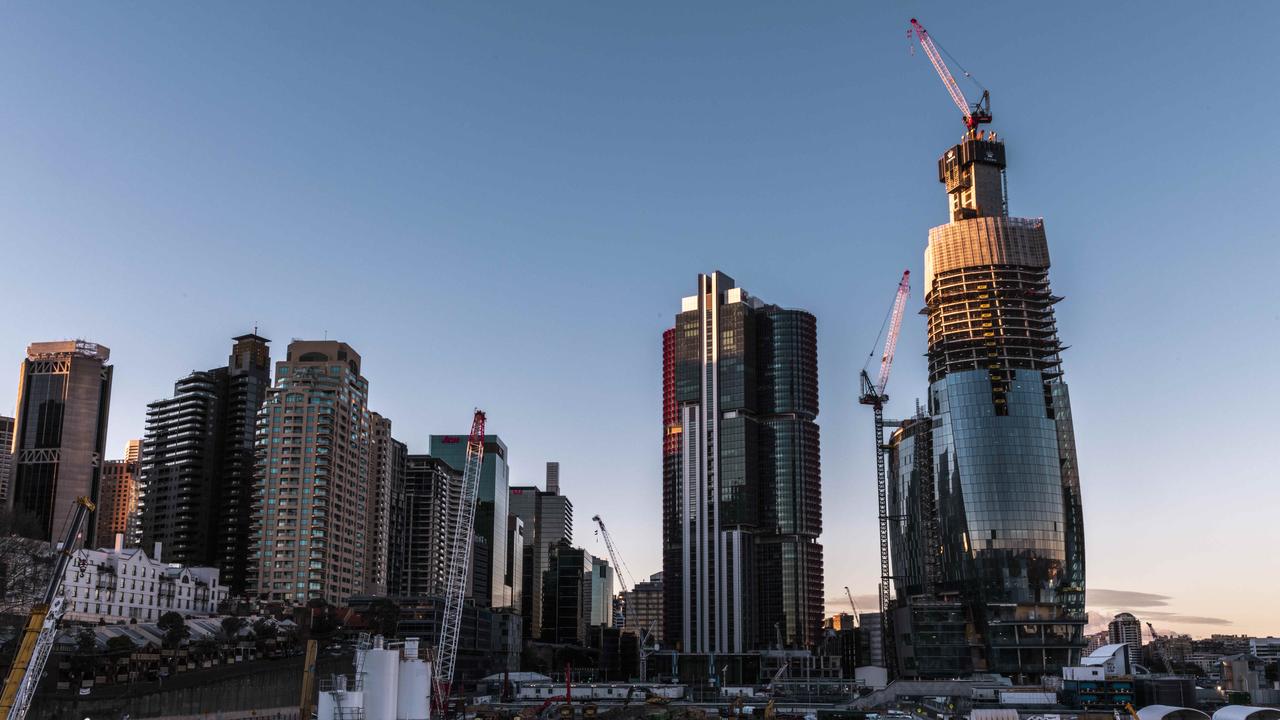Sydney needs to better plan for coming population boom, more dense housing: new report
SYDNEY is choking on congestion, with one of the worst commuter ratings in the world. See out list for what needs to be done to get our city back on track.
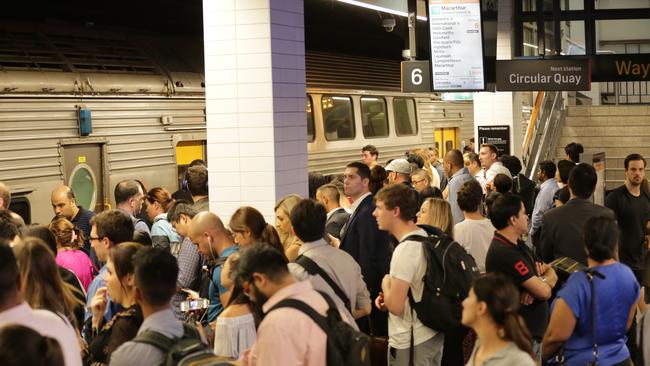
Project Sydney
Don't miss out on the headlines from Project Sydney. Followed categories will be added to My News.
SYDNEYSIDERS are wasting almost twice as much time commuting as their counterparts in big cities in countries such as Spain.
A landmark new report also reveals how our city is “losing talent and skills” because of the “severe” shortage of affordable housing and lack of jobs close to where people actually live.
Controversially the Property Council blueprint for our future says we must get used to higher-density living — but it also warns governments must ensure this is done in a “co-ordinated” way.
“The housing affordability crisis is corrupting the Australian dream,” it says.
“Australia can no longer afford its cities to be stuck in a low-planning, low-co-ordination, low-investment, low-return equilibrium.”
MORE PROJECT SYDNEY
100 SYDNEYSIDERS TO HELP DECIDE CITY’S FUTURE
DRILLING BEGINS FOR SYDNEY’S METRO WEST
The report, which looked at 300 cities around the world, says better planning and “younger well-travelled Australians” could see cities like Sydney break through “cultural resistance” to high-density living.
But its findings regarding transport expose the uphill battle facing governments. It reveals Sydney is choking on congestion, with a worse rating than places with a similar population, such as San Francisco, coming in a lowly 160 out of 189 cities. In fact the average length of commute in Australian cities is second only to the US and we are travelling for twice as long as people in many big Western European cities.
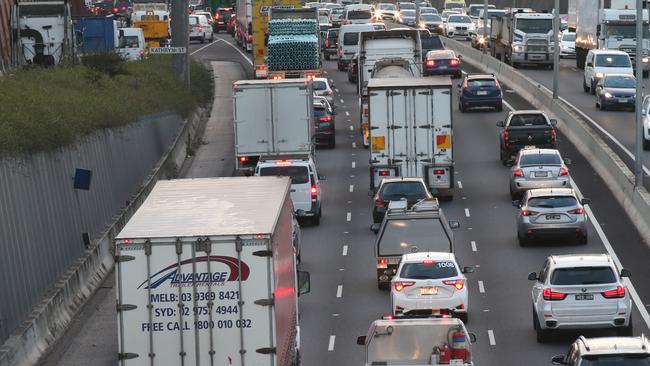
Sydney’s stunning natural environment has helped to disguise “poor planning” decisions by successive governments but Sydney needs to shift to a “high amenity medium density” model if it wants to thrive in future, the report says.
“The research has found that Sydney is perceived globally as being a top 10 city, so our brand is strong, yet when looking at performance across key benchmarks, our performance is not ranked as highly,” Jane Fitzgerald, Property Council NSW executive director, said.
An estimated 85 per cent of the world’s population will reside in metropolitan areas in the next 50 years and Australia is going through one of the fastest processes of urbanisation. “Sydney and Melbourne are now two of the most unaffordable metropolitan cities in the world,” the report says.
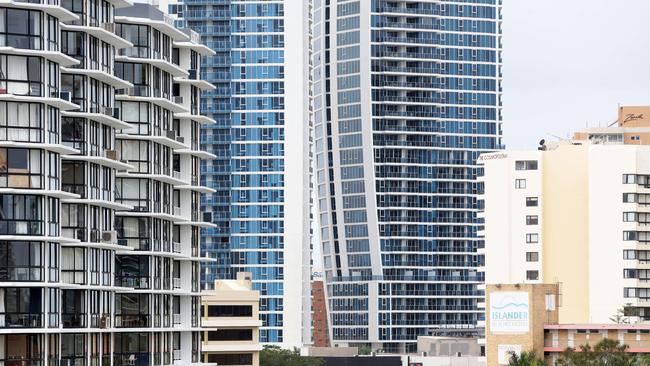
It also pointed out Sydney was hamstrung by our system of multiple local governments and “fragmentation”.
“Plans are one thing, implementation is another. We need to knuckle down and stay the course to ensure the very worthwhile plans are delivered,” report author Professor Greg Clarke said.
The report found Sydney has a population density of 1900 people per square kilometre, way behind Hong Kong with 25,700 people and Singapore with 11,200, but ahead of Melbourne on 1500. And it is this that feeds into our public transport and congestion woes as Sydney’s sprawl increases travel times and renders much public transport unsuitable.
Student Ashleigh Camenzuli, 18, from Penrith said she wishes Western Sydney was a bit more lively — but has high hopes for the future. “I hope my area becomes more urbanised in the future, as it would really bring new life to the area and bring more people into the West and really make it lively,” she said.
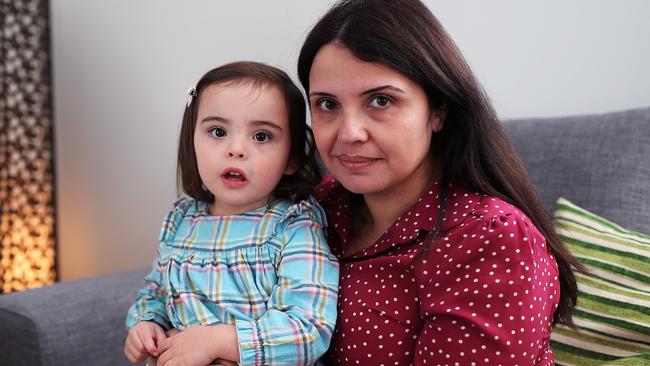
Meanwhile mum Laura Tsoukalas, of Kingsgrove, has noticed Sydney changing “dramatically” from her days growing up in Bossley Park. She travels by train into the city three days a week and said new apartments are changing the face of Sydney.
“That’s not a bad thing … but it needs to be done well,” she says. “Sydney is a great city, so having the right infrastructure around is key.”



